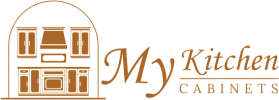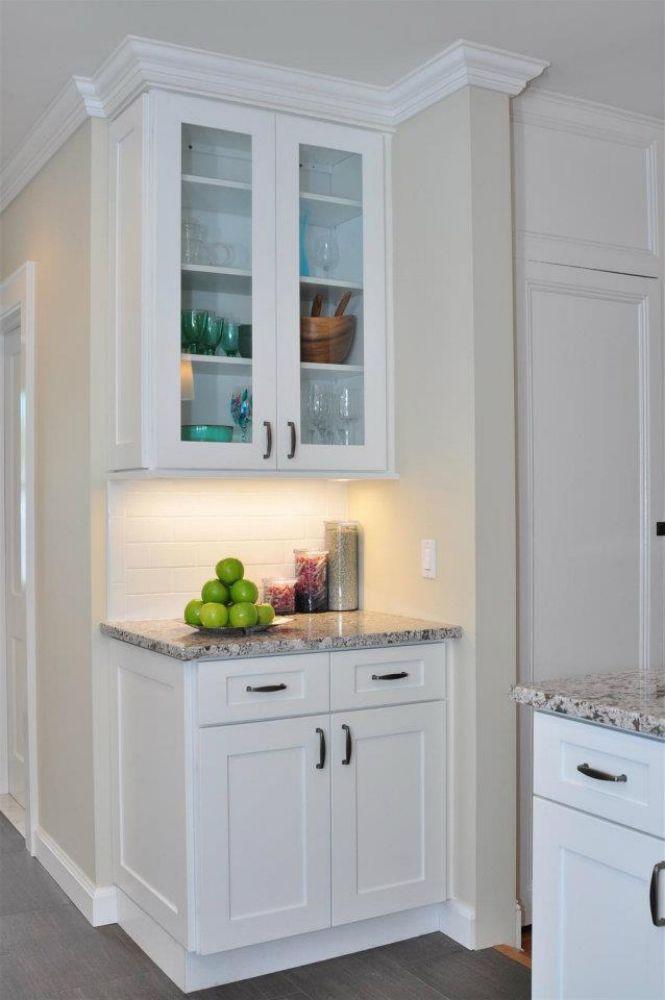Best Practices for Installing Forevermark Cabinets
Cabinet installation is one of the most important steps in a kitchen or bathroom remodel. Properly installed cabinets not only enhance the beauty of your space but also ensure functionality, durability, and safety for years to come. Among the most trusted brands, Forevermark Cabinets are known for their quality, affordability, and stylish designs. To maximize their value, homeowners must follow best practices during installation.
This detailed guide explores the best methods, tips, and professional insights for installing Forevermark Cabinets at home, ensuring you achieve a flawless and long-lasting result.
Preparing the Space Before Installation
Preparation is crucial before beginning cabinet installation. A well-prepared space prevents errors and reduces costly adjustments later.
-
Clear the Area: Remove old cabinets, appliances, and flooring debris.
-
Check for Level Floors and Walls: Uneven surfaces make installation difficult and can lead to gaps or misalignment.
-
Plan Electrical and Plumbing: Ensure wiring, outlets, and pipes are in place before cabinets are installed.
-
Inspect Wall Studs: Secure wall-mounted cabinets must be anchored into studs for strength.
Taking time to prepare the space guarantees a smoother installation process.
Gathering Tools and Materials
Having the right tools on hand ensures accuracy and efficiency during cabinet installation. Essential tools include:
-
Power drill and screwdrivers.
-
Level and laser level for precision.
-
Stud finder to locate wall supports.
-
Tape measure for accurate dimensions.
-
Clamps to hold cabinets in place.
-
Shims to correct uneven floors and walls.
Additionally, have screws, brackets, and safety gear ready before starting.
Measuring Twice, Cutting Once
Accurate measurement is one of the most important practices when installing Forevermark Cabinets. Even small errors can result in poor alignment or wasted materials.
-
Measure Wall Lengths: Confirm space for base and wall cabinets.
-
Account for Appliances: Leave proper gaps for refrigerators, stoves, and dishwashers.
-
Check Ceiling Height: This ensures wall cabinets fit proportionally.
-
Use a Layout Plan: Mark cabinet positions on the wall for guidance.
By double-checking measurements, you avoid installation issues and achieve a professional finish.
Starting With Upper Cabinets
Professional installers recommend starting with wall (upper) cabinets before moving on to base cabinets.
-
Mark Cabinet Heights: Standard height is 18 inches above countertops.
-
Secure a Ledger Board: Attach a temporary support to hold cabinets while mounting.
-
Anchor Into Studs: Use strong screws to secure cabinets to studs for maximum stability.
-
Check for Level Alignment: Adjust with shims if necessary.
Installing upper cabinets first prevents base cabinets from getting in the way and ensures proper positioning.
Installing Base Cabinets
Once the upper cabinets are secure, base cabinets can be installed.
-
Locate the High Point of the Floor: Begin installation from the highest spot to avoid uneven alignment.
-
Set Corner Cabinets First: These establish a reference point for the rest of the installation.
-
Use Shims for Leveling: Adjust cabinets to sit evenly across uneven floors.
-
Fasten Cabinets Together: Clamp adjoining cabinets, drill pilot holes, and screw them securely.
Properly installed base cabinets provide strong support for countertops and appliances.
Ensuring Proper Alignment
Alignment is essential for both functionality and appearance. Misaligned cabinets lead to crooked doors, gaps, and uneven countertops.
-
Check Continuously: Use a level at every stage.
-
Adjust With Shims: Place shims behind or beneath cabinets to correct gaps.
-
Secure to Studs: Always fasten to wall studs, not just drywall.
-
Tighten Fasteners Gradually: Ensure cabinets are flush before fully tightening screws.
Careful alignment guarantees a seamless, professional look.
Handling Cabinet Doors and Drawers
Forevermark Cabinets often come with pre-hung doors and drawer fronts, but adjustments may be necessary.
-
Adjust Hinges: Many hinges allow vertical, horizontal, and depth adjustments.
-
Check Drawer Glides: Ensure drawers slide smoothly and align with fronts.
-
Install Hardware Last: Wait until all cabinets are aligned before attaching knobs and pulls.
These finishing touches refine the overall appearance of your cabinetry.
Securing Countertops to Base Cabinets
Countertops are installed after base cabinets are leveled and secured.
-
Check Cabinet Stability: Ensure cabinets are firmly anchored before placing countertops.
-
Use Adhesive or Screws: Depending on material, secure countertops with construction adhesive or brackets.
-
Seal Joints: Prevent water penetration by sealing gaps with caulk or sealant.
A stable countertop relies on properly installed cabinets beneath.
Common Mistakes to Avoid
Even experienced DIYers can make mistakes when installing cabinets. Avoid these common errors:
-
Skipping Stud Anchoring: Cabinets must be attached to studs, not drywall.
-
Ignoring Floor and Wall Irregularities: Failing to shim results in uneven cabinets.
-
Over-Tightening Screws: This can damage cabinet frames or cause misalignment.
-
Not Double-Checking Measurements: Small miscalculations cause major installation issues.
Awareness of these pitfalls helps ensure long-lasting results.
Professional vs. DIY Installation
Homeowners often debate between professional installation and DIY.
-
DIY Benefits: Cost savings, personal satisfaction, and control over the project.
-
DIY Challenges: Requires skill, time, and precision. Mistakes can be costly.
-
Professional Benefits: Expertise, speed, and guaranteed quality.
-
Professional Costs: Higher upfront expense but lower long-term risk.
For those without significant carpentry experience, hiring professionals may be the safer choice.
Caring for Cabinets After Installation
Once your Forevermark Cabinets are installed, ongoing care ensures they remain beautiful and functional.
-
Regular Cleaning: Wipe with a damp cloth and mild soap.
-
Avoid Harsh Chemicals: Strong cleaners can damage finishes.
-
Protect From Moisture: Wipe spills promptly to prevent warping.
-
Check Hardware Periodically: Tighten handles, hinges, and glides as needed.
Proper maintenance extends the lifespan of your cabinetry investment.
The Value of Forevermark Cabinets in Home Projects
Forevermark Cabinets are designed with durability, functionality, and style in mind. Their quality construction makes them easier to install and ensures long-term performance when installed correctly.
By following best practices, homeowners can maximize the benefits of their investment while enhancing the value of their home.
Conclusion: Best Practices Ensure Lasting Results
In conclusion, installing Forevermark Cabinets requires preparation, precision, and attention to detail. From measuring and leveling to securing upper and base cabinets, every step plays a vital role in ensuring long-lasting performance. By avoiding common mistakes and maintaining proper care, homeowners can enjoy beautiful, functional cabinetry for years.
Whether you choose DIY or professional installation, following these best practices ensures that your Forevermark Cabinets look stunning, operate smoothly, and stand the test of time.
FAQs About Installing Forevermark Cabinets
1. Do Forevermark Cabinets come pre-assembled or ready-to-assemble?
Forevermark offers both pre-assembled and RTA (ready-to-assemble) options. Pre-assembled cabinets simplify installation, while RTA versions require assembly before installation.
2. Can I install Forevermark Cabinets without professional help?
Yes, many homeowners install Forevermark Cabinets themselves. However, DIY installation requires tools, precision, and carpentry skills. If you’re inexperienced, hiring professionals may be safer.
3. What’s the first step in installing Forevermark Cabinets?
Start with preparation: clear the space, check for level walls and floors, and mark cabinet layout lines before beginning installation.
4. How do I make sure my cabinets are level during installation?
Use a level and shims to adjust for uneven floors or walls. Always check alignment before fully tightening screws.
5. Should I install countertops before or after cabinets?
Cabinets must be installed and leveled first. Countertops are placed and secured only after the base cabinets are stable and aligned.
Read: How environmentally friendly are the production processes of Forevermark Cabinets?
Read: How do I adjust drawers and doors on Forevermark Cabinets after installation?

